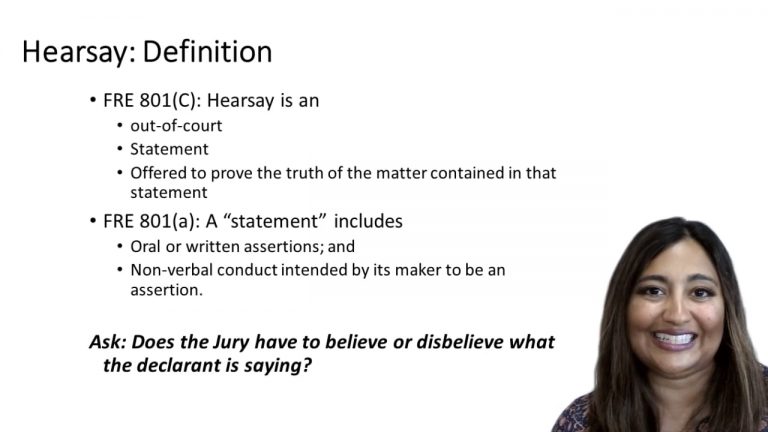SmartBrief
Confirm favorite deletion?
Evidence Keyed to Park
State v. Young
Citation:
160 Wash.2d 799, 161 P.3d 967 (2007)Facts
Young was accused of sexually molesting an 11-year-old neighbor girl, referred to as K.L. On May 3, 2002, Anne Johnson, who lived across the street from K.L., was at home with friends. Those three, all adults, testified to a consistent story – K.L. came to Johnson’s door, upset and crying, asked for Johnson, and told her and then the others that Young had put his hand down underneath her panties and grabbed her butt. At trial, K.L. denied that Young had done anything wrong to her. Young was convicted and appealed. Young argues that the proponent of excited utterance evidence must produce independent corroborative proof that the startling event occurred.
Only StudyBuddy Pro offers the complete Case Brief Anatomy*
Access the most important case brief elements for optimal case understanding.
*Case Brief Anatomy includes: Brief Prologue, Complete Case Brief, Brief Epilogue
- The Brief Prologue provides necessary case brief introductory information and includes:
Topic:
Identifies the topic of law and where this case fits within your course outline.Parties:
Identifies the cast of characters involved in the case.Procedural Posture & History:
Shares the case history with how lower courts have ruled on the matter.Case Key Terms, Acts, Doctrines, etc.:
A case specific Legal Term Dictionary.Case Doctrines, Acts, Statutes, Amendments and Treatises:
Identifies and Defines Legal Authority used in this case.
- The Case Brief is the complete case summarized and authored in the traditional Law School I.R.A.C. format. The Pro case brief includes:
Brief Facts:
A Synopsis of the Facts of the case.Rule of Law:
Identifies the Legal Principle the Court used in deciding the case.Facts:
What are the factual circumstances that gave rise to the civil or criminal case? What is the relationship of the Parties that are involved in the case.Issue(s):
Lists the Questions of Law that are raised by the Facts of the case.Holding:
Shares the Court's answer to the legal questions raised in the issue.Concurring / Dissenting Opinions:
Includes valuable concurring or dissenting opinions and their key points.Reasoning and Analysis:
Identifies the chain of argument(s) which led the judges to rule as they did.
- The Brief Prologue closes the case brief with important forward-looking discussion and includes:
Policy:
Identifies the Policy if any that has been established by the case.Court Direction:
Shares where the Court went from here for this case.
Topic Resources
Topic Outline
Topic Refresher Course
Topic Charts & Notes

 12m 52s
12m 52s